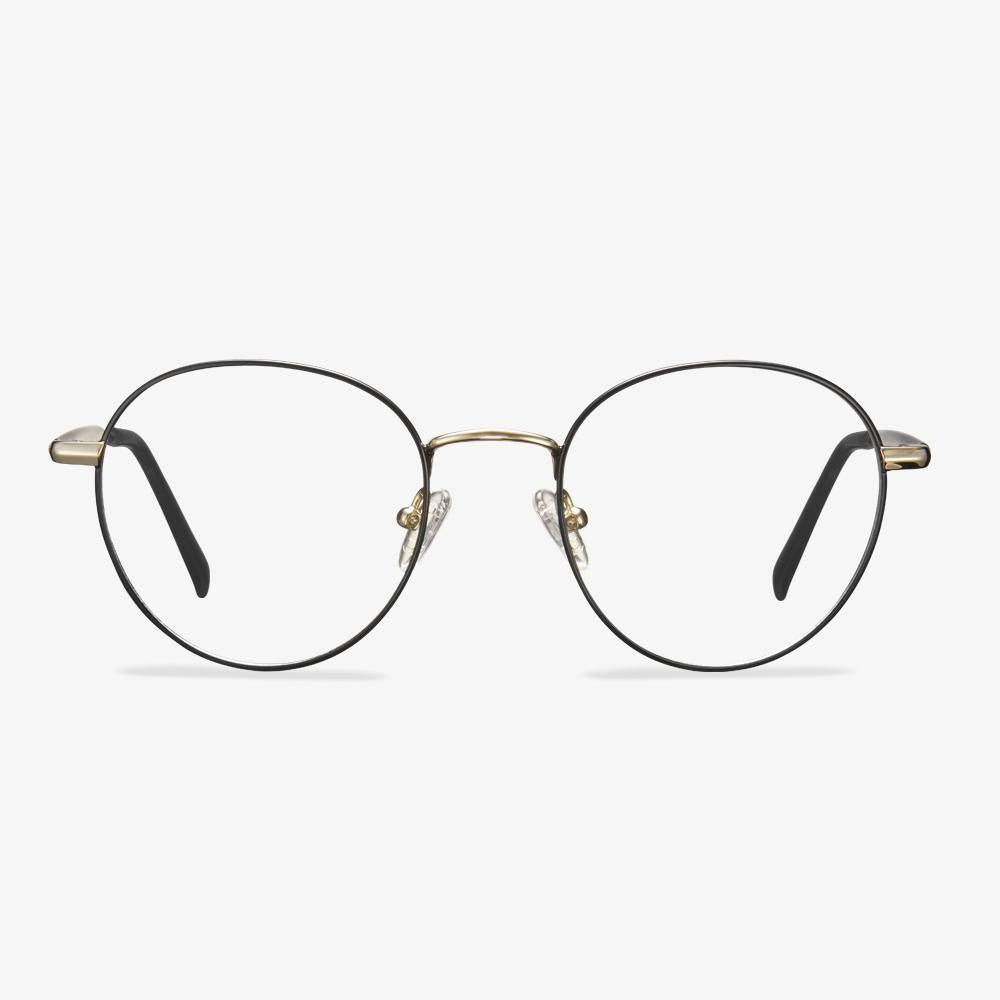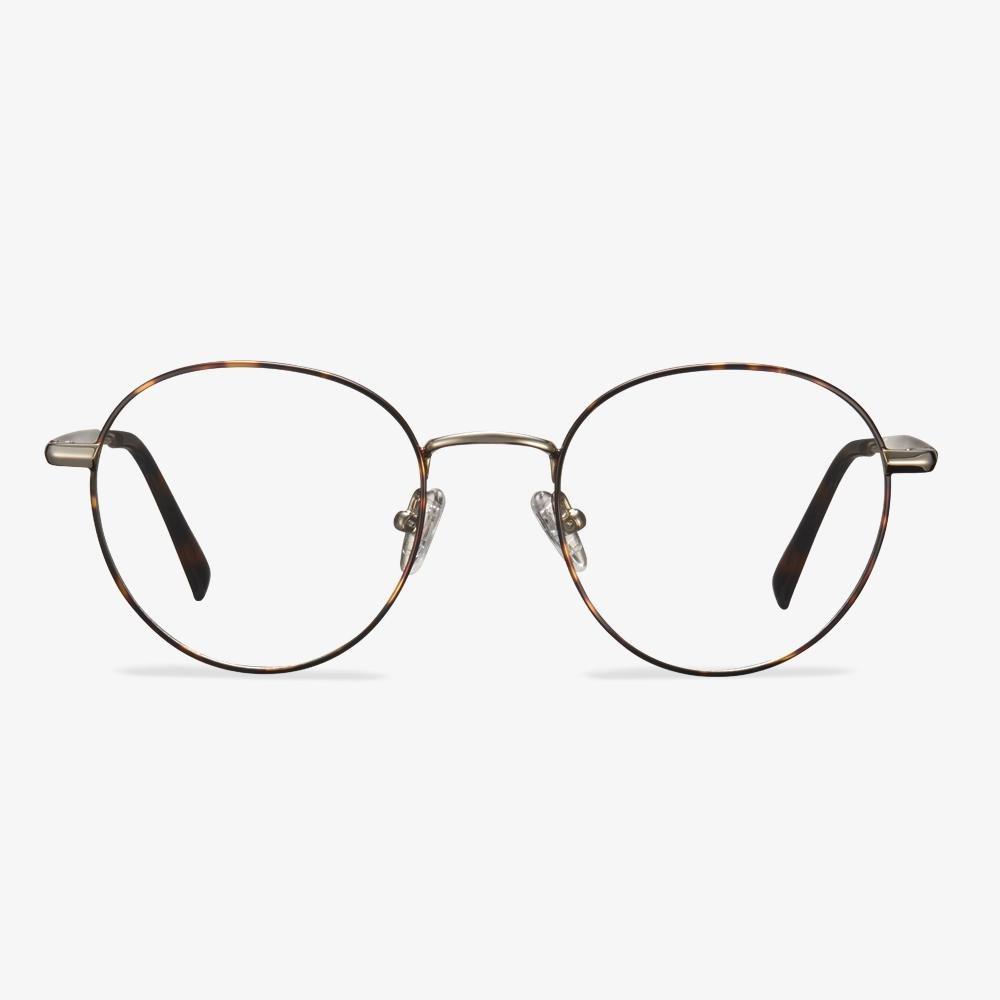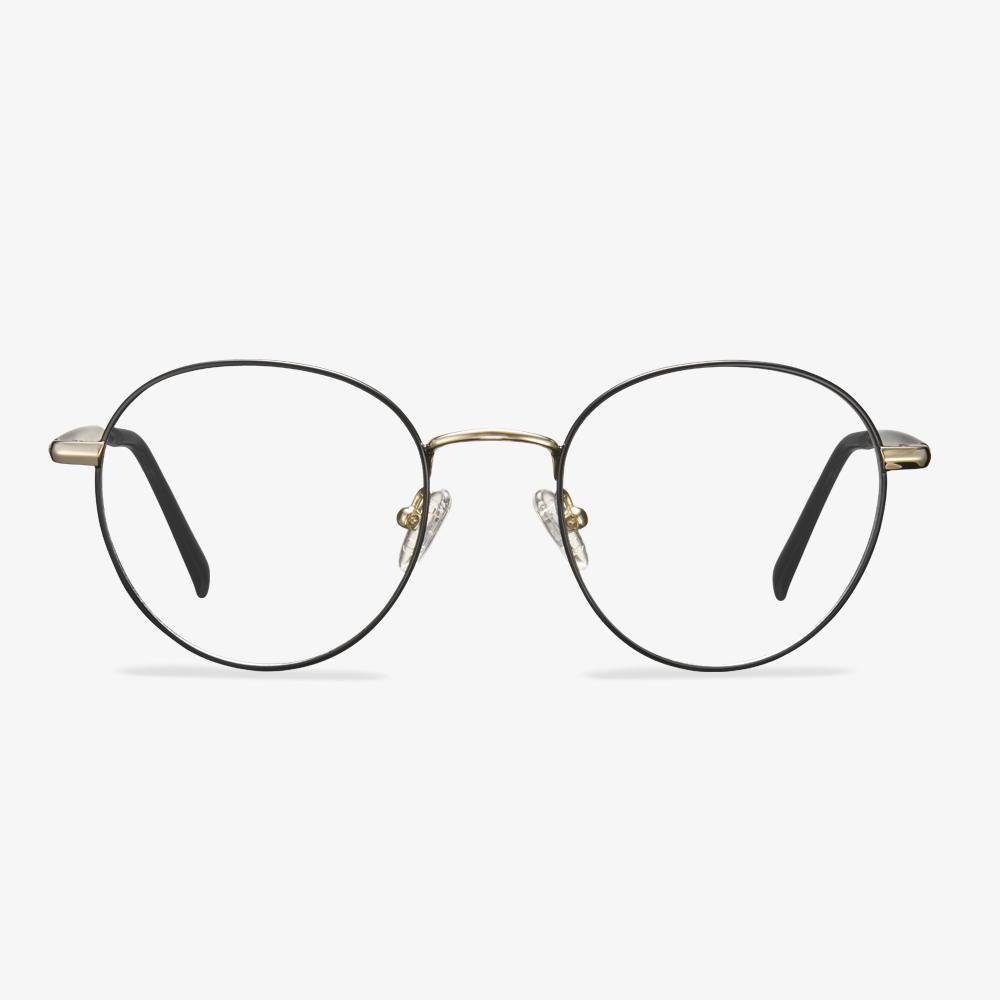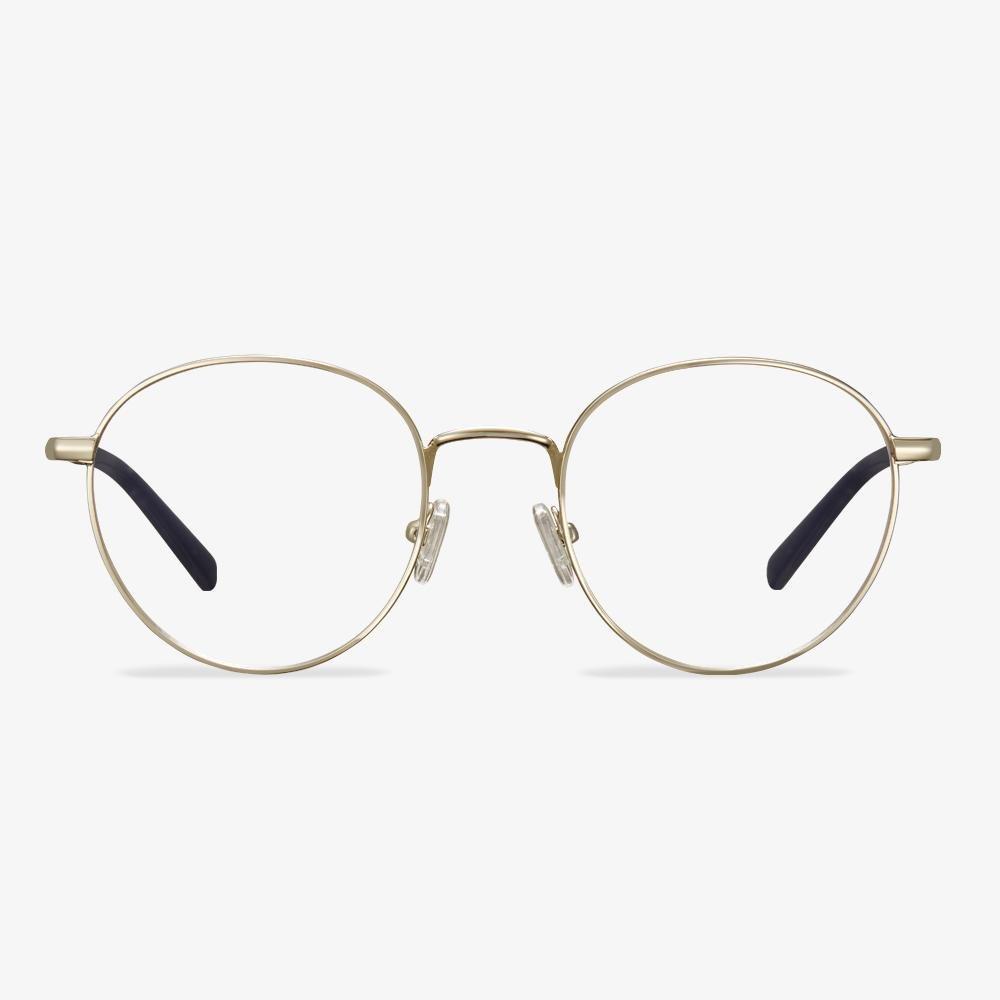What Are Progressive Lenses?
Progressive lenses have grown in popularity and are one of the most common solutions to treat vision loss that occurs with age or presbyopia. This eye condition occurs when the eye loses some of its flexibility and ability to adjust to clear seeing objects at different distances. Presbyopia often occurs among adults who are over age 40 and is very easy to correct with a proper and prompt diagnosis.
Progressive lenses are often used to correct this eye condition. Progressive lenses are a modern alternative to bifocal glasses, which provides two prescriptions in a single set of glasses. Bifocal glasses are a better solution than carrying around multiple pairs of glasses. Progressive lenses were developed to resolve some of those common issues and to provide better aesthetics. Progressive lenses provide a smooth transition and can accommodate up to three prescriptions and are a replacement for both bifocals and trifocals.
How about the optician center at Walmart?
Sixty-four percent of American adults wear prescription glasses, more than 157 million people. Since Walmart is the largest manufacturer of finished prescription glasses in the United States, the glasses are likely to come from Walmart. In reality, it's the only product they produce from start to finish. The ultimate goal of Walmart Glasses is to serve more customers faster and with better quality.
The optician center is not very big, but there are many kinds of glasses frames, and Walmart is the big backing, so the quality is relatively reliable. There are famous brands of lenses, a little more expensive, but certainly cheaper than the nearby optical stores. And you can pick and choose.
How to Tell If Your Progressive Lenses Are Correct?
Progressive lenses are popular among people who are over 40 and they can be used to correct presbyopia. If you have a pair of progressive lenses, how can you tell if the progressive lenses are correct or not? If you do not know, you come to the right place. This post will show you how to tell if your progressive lenses are correct.
How do I know If I have progressive lenses? There are two parts of the lens you can check. The first is how the lens sits in front of your eyes. If you are not able to see in the distance, either centration is way off the lenses are too high or the lens power is not correct. However, when checking the lens sitting in front of your eyes, you should be able to maintain a natural posture in your neck and see sharp when reading or while focusing on the distance. If you raise your chin high while reading or hold it low to see in the distance, it is not correct.
Anti-fog lens cloth
Anti-fogging glasses cloth is composed of multiple layers of material pressed together, and the material absorbed a sufficient amount of antifogging agent. It can be directly wiped on any lens. Like spray anti-fogging agents, anti-fogging time is relatively short, and can not be wiped or washed. Long time use will affect the life of the lens. The range of lenses available is limited.
The origin of aspheric lens
The Visby glasses, unearthed in Gotland, Sweden, are the earliest aspheric lens found. The Vikings in the 11th century used it as a magnifying glass, and some of the best ones were made of silver, making them look like handicrafts. In 1667, Francis Smethwick grinds the first high-quality aspheric lenses and presents them to the Royal Society. That's a telescope with three aspheric elements. In 1956, Elgeet, which originally designed and manufactured optical instruments for the U.S. Navy, produced the world's first mass-produced aspheric lens for photography (Golden Navitar 12mm F1.2) for a 16mm film machine. Today, aspheric lenses are found in everything from tall telescopes to missile guidance systems to camera lenses. In the glasses we wear, the aspheric lens is familiar to consumers.
Features of pure titanium glasses frame
Due to the lightweight (ordinary nickel-based alloy frame weight 48%-60%), high strength, corrosion resistance, surface easy coloring, beautiful and durable features of spectacle frame made of pure titanium, they have been loved by most consumers. But the elastic modulus of pure titanium is higher (about 120GPa). The temples of the frames made from them are not elastic enough. After wearing the glasses for a period of time, the temples of the glasses need to be adjusted due to the relaxation of the stress. The processing plasticity of titanium metal is worse than that of other metal materials, so the processing technology of its wire is difficult. The surface quality is difficult to control, and the technical content is high. The surface quality of pure titanium wire produced by a few domestic manufacturers is poor.
Casual glasses
Casual glasses mainly focus on comfort. After work, it can be used for parties, going out, and other occasions. And touch texture is very good, and let you feel more comfortable when leisure, more relaxed. At the same time, simple and unique design, while increasing the sense of fashion frame, let your leisure occasion attract people's eyes. In addition to being very comfortable, the casual eyeglass frame perfectly combines modern and classical styles and colorful styles for your choice, combining personality and comfort.


















































